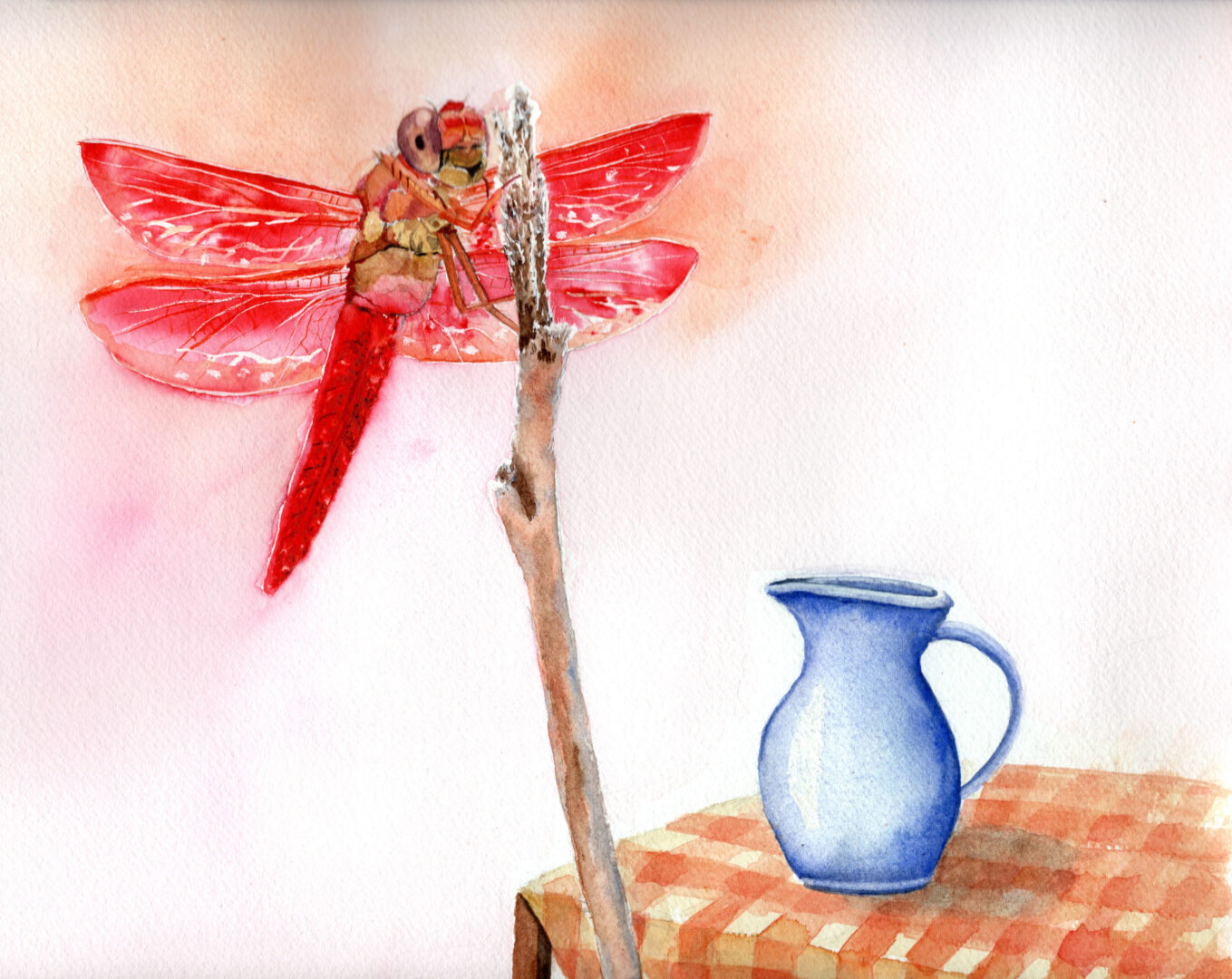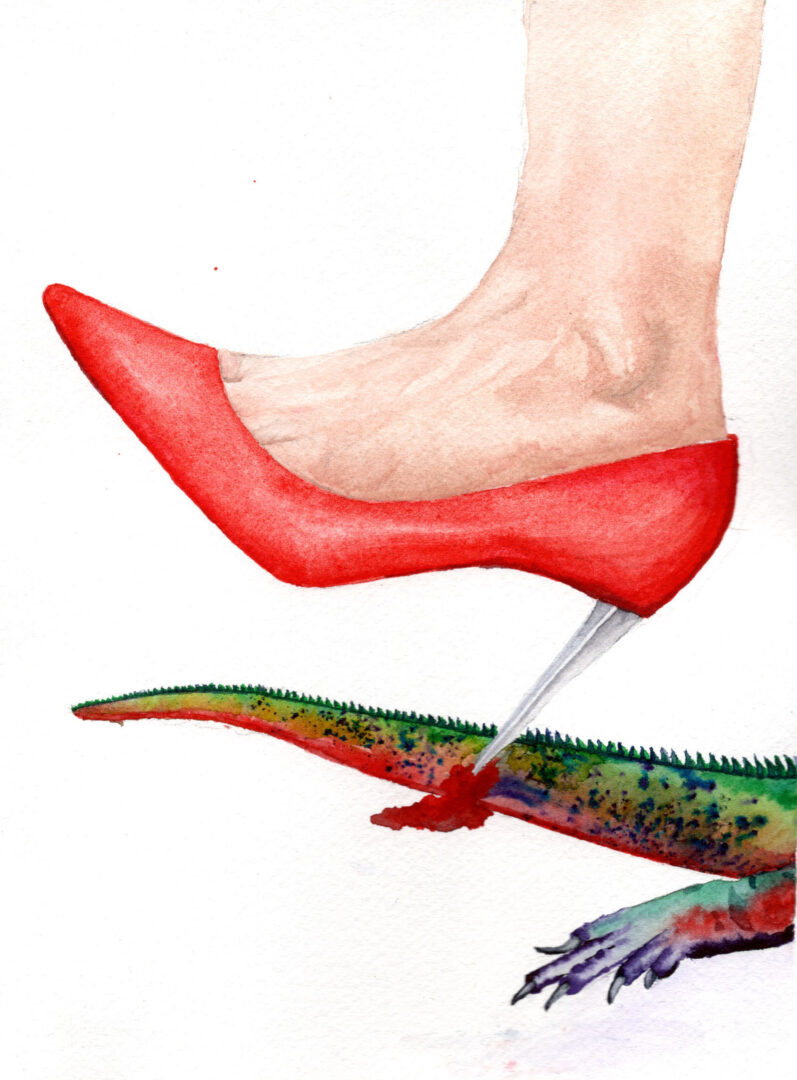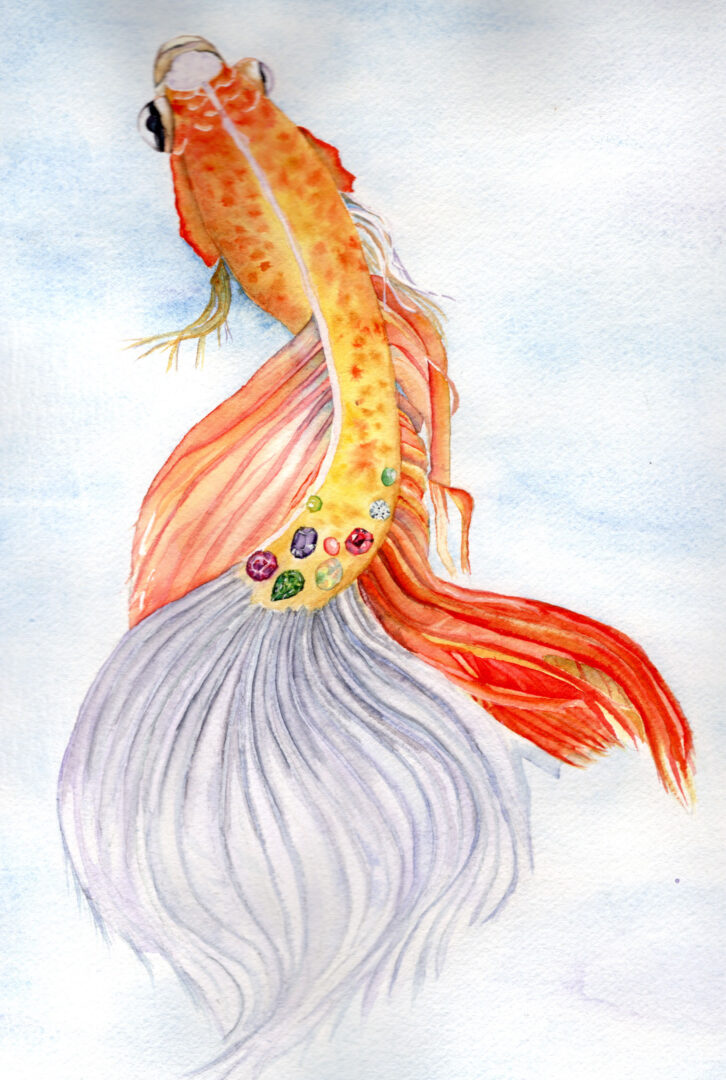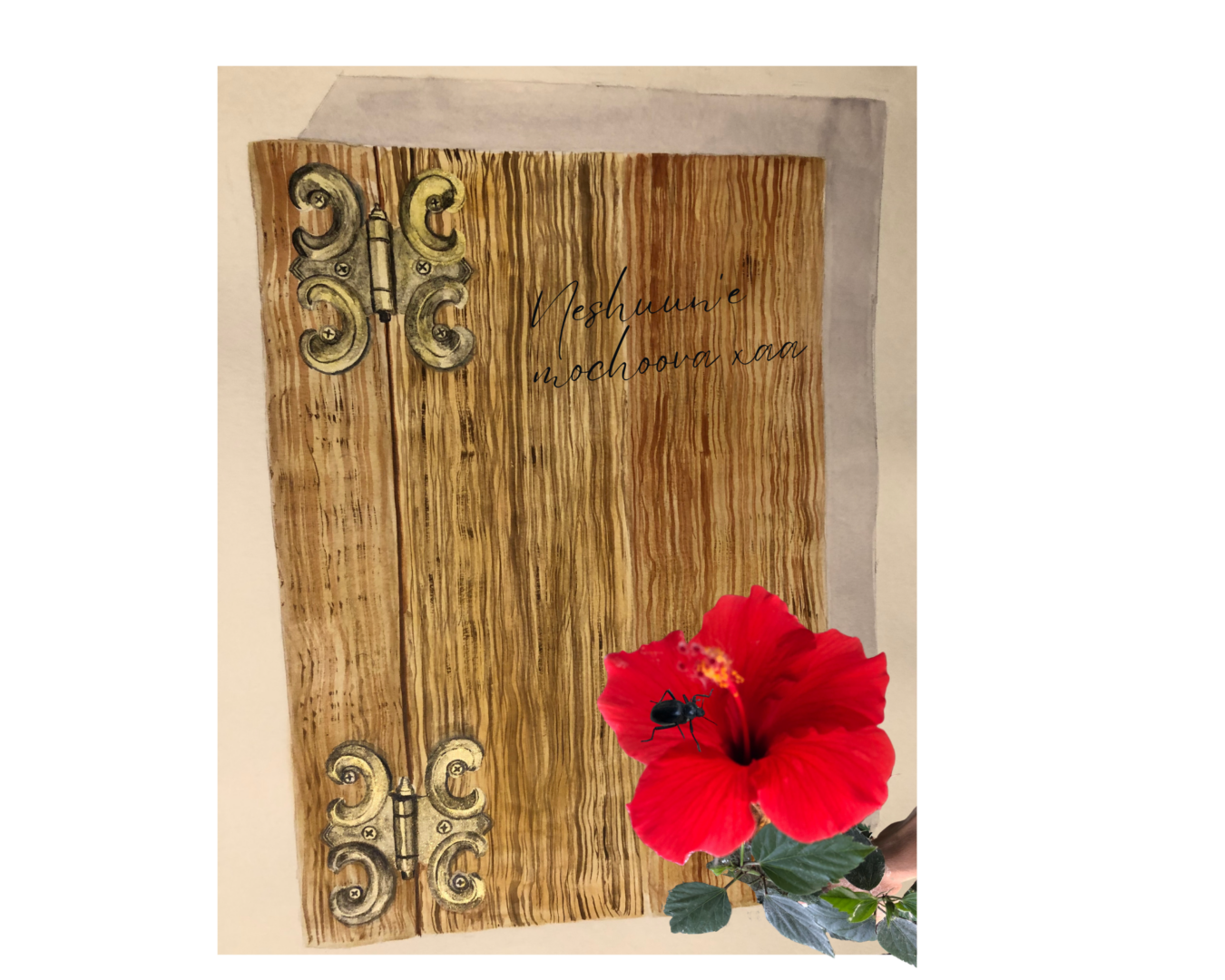 View Winners →
View Winners → M.G. Rawls completes series with third book ‘The Sorts of Pasadena Hollow: Henry’s Hopes’
While enjoying a refreshing glass of iced tea – and maybe a sandwich – on the balcony of M.G. Rawls’s home, you may get a sighting of a black bear. Or maybe a mountain lion. A review of her security camera from the previous night’s outdoor activity might show nocturnal creatures having a free run of the creek that abuts her property.
They are the inspirations for the characters that inhabit The Sorts of Pasadena Hollow, a trilogy of young adult books created by Rawls in 2019 (Sorts are people who can transform into animals). Her first book, Hannah’s Fires, at 166 pages, follows a teenager’s story as she settles into her new home in Pasadena Hollow. The second installment, Tony’s Tales, is 224 pages and focuses on Hannah’s first friend there. The last in the series is Henry’s Hopes, which is 332 pages long and has just been released on Amazon as an ebook (order it here). It chronicles the life of an elderly Tongva shaman, one of the earliest residents in the area, who also serves as a mentor for the young Sorts.

Rawls graciously invited me for lunch followed by a short interview for a second article about her books (read the first article here). I mention that each of the three books became increasingly longer, and ask if she planned it that way or if more ideas just came to her as she wrote.
“My initial thought was always to have three books but the audience would start at 5th grade and they would mature as I went along,” Rawls replies. “At the same time, it would help me, since I was a new writer, to be able to write in a way that I was comfortable with with each book. So you can see my progression through my work – it starts out simpler, then gets more complicated. I was always hoping that the reader who liked the book in 5th grade would like the next in 6th, and so on, as they were reading. I was writing it for middle schoolers and older.”
“With the exception of a few supporting characters, the main people in Henry’s Hopes were already part of the first,” Rawls adds. “One of the comments I received from readers is that there are so many to keep track of, so I included a list and description of characters at the beginning of each book.”
Rawls kept to a fixed idea about how each book would flow. She explains, “Consistent with what I told you in the first interview, the concept was the same with all three books. I created the chapter titles first and then built the story for each section. And what I wrote inspired me as I fleshed out that chapter. I pretty much stayed with the same titles I started out with; I made very little deviation from them.”

I then ask if she has a favorite character in her books, and Rawls responds, “You had a similar question the first time you wrote an article about The Sorts of Pasadena Hollow and my answer is: if I did, I wouldn’t say. Although each book has its own unique characters. In the first, there’s Hannah, the young adult girl with the emotional constraints within her. In the second, there’s Tony, who’s somewhat reckless; I meant for Tony’s Tales to be a boys’ book; and in the third – the adult book – there’s Henry, the Tongva spiritual leader. He wants the best for everybody but he doesn’t necessarily go about it the right way; he tends to be Machiavellian.”
“Did the idea to write a book set in your neck of the woods happen organically or was there a particular moment or instance when it occurred?” I query. Rawls replies, “The inspiration for this series came from an article in the L.A. Times – which I included in Hannah’s Fires – about an engineer who was convinced there were half-lizards living deep under the ground with a cache of gold and arranged to dig for it. I was so intrigued by that article and it motivated me to create these characters.
“Besides that, we live next to a creek and I can hear the water running – especially when the door is open at night. Most (not all) of the animal events in my books have their genesis in reality. In the first book, for example, there’s a raven who tries to steal Hannah’s bracelet and pretends he hurt his wing to try to get sympathy from her because he likes her. About 10 or 15 years ago, my husband found what he thought was an injured juvenile raven. We took it in for the night and the next morning there was such a squawking outside, it woke us up. Dozens of ravens were on our fence and across the street staring at us – it was clear what they wanted. We brought out the juvenile and he flew off unhurt. My daughter named that raven Nicky and she would look for it at her school. I later heard that ravens are very smart and will sometimes feign injury to get attention.”
“As I said during your first interview, I had been nurturing this story in my mind since we moved here in 1988. When the idea to write these books happened, all the stories that have accumulated over the years living here started coming back to me,” she continues. “In 2019, I began writing them as notes on my iPhone in the early morning and they got longer and longer. Finally, I started pruning it out and thought ‘Oh, this is interesting.’ It gave me comfort – it was a world I could escape into.”

Unlike some popular fantasy young adult books set in dystopian worlds, the Sorts live in a utopian society. Rawls intentionally created an inclusive world where everyone is accepted. Without calling attention to it, she ensured there was representation for people of diverse races, ages, and sexual orientations.
While some authors say they wish they had written something differently, Rawls stands by what she has created. “I’m fine with how they all turned out. If there was something I put in the book that sent me on a different path, I went along where that led me. That’s not to say I abandoned an idea or that I didn’t have a particular destination – I had the chapter titles to guide me – but the road wasn’t restricted.”
The ending to her third book wasn’t planned in advance. Rawls reveals in jest, “A writer I know once told me that every story needs to have an arc. Until she said that I hadn’t heard of the word. I didn’t know what it meant; I think I had to look it up because I was embarrassed. So I worked on my arc. Seriously, though, I had an idea how I wanted it to end, but not the specifics. It only came to me as I got there.”

When I ask her to describe how she felt after completing the last book in the trilogy, Rawls simply answers, “These characters have taken a life of their own – my job is done!”
At the end of Henry’s Hopes, we find Lydia as the voice for the characters and the narrator of events we’ve been following. It comes as a surprise. And yet it’s because she isn’t a Sort – not in spite of it – that makes her the logical storyteller. As Rawls says, “The events that happen are everyday occurrences for the Sorts so they don’t find them interesting. But they’re not normal activities for Lydia so she’s fascinated by them. Being an investigative reporter, she thinks of them as a mystery to be unraveled.”
Rawls’s characters grow with her as she matures in her writing. While she starts out tentative in Hannah’s Fires, she gets more confident in Tony’s Tales and reaches her stride in Henry’s Hopes. In the same vein, a reader slowly gains insight into them and inevitably becomes invested in Hannah, Tony, Henry, and all the Sorts in Pasadena Hollow…and feels sad that there won’t be another book to look forward to. But Rawls also leaves a huge gap where a reader can infer that events will have transpired, leaving the possibility open for her to pick up where she left off.
As with painters and other artists, authors cede control of their work once it’s out there for the public to make of it what they will. So we can imagine for ourselves milestones happening during that gap – or how their journey continues – if Rawls decides that the Sorts’ story ends where it does in her book.




































































































